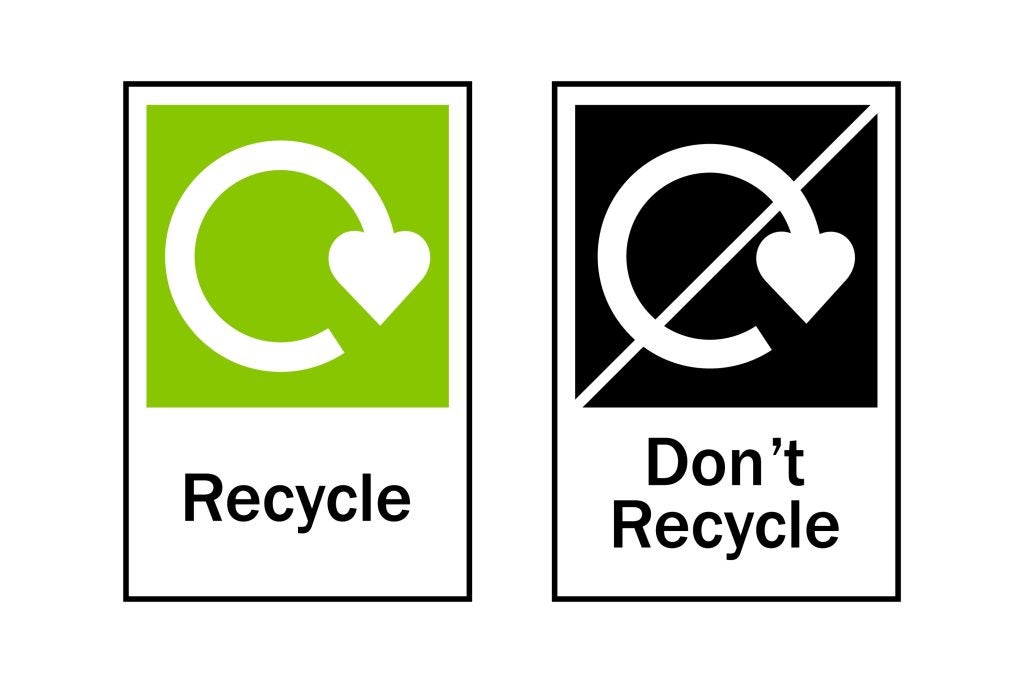An efficient packaging recycling infrastructure underpins a circular economy, enabling materials like cardboard, glass, plastic and metal to be collected, sorted and transformed into new products.
By shaping sustainable waste systems, well-designed recycling networks reduce landfill, cut resource waste and support long-term environmental health.
important keywords: packaging recycling infrastructure, recycling infrastructure, sustainable packaging recycling, recycling systems, circular economy packaging
The role of collection and sorting systems
A strong packaging recycling infrastructure begins with reliable collection services and high-performance sorting facilities—often known as materials recovery facilities (MRFs).
Effective collection ensures cardboard, plastic bottles, glass jars and metal cans remain outside landfill. Inside MRFs, items are separated by type—PET and HDPE plastics, glass, aluminium and paper—so they can enter appropriate recycling streams.
Cleanliness and correct sorting matter for quality: recycling contamination damages machinery and degrades materials, while well-sorted waste boosts the viability of reuse and closed-loop recycling.
Policy frameworks and extended producer responsibility
Robust recycling systems demand more than hardware. Policy frameworks like the EU’s Packaging and Packaging Waste Directive set targets and demand recyclable design, minimal packaging weight and use of recycled content.
More recently, the concept of extended producer responsibility (EPR) has emerged. Under EPR, companies pay to support or manage recycling infrastructure, encouraging them to design packaging that’s easier to recycle and reduce waste.
In England, new EPR regulations and a consistent recycling service are slated to roll out by around 2025—backed by anticipated £10 billion infrastructure investment—to help local authorities upgrade recycling systems and tackle food-waste processing too.
Innovation in technology and circular-economy design
Modern recycling infrastructure must evolve. Advances in chemical recycling, enzyme-driven biodegradation and AI-enhanced sorting offer more ways to reclaim mixed or contaminated plastics.
Food and beverage packaging benefit particularly when clean material streams are ensured, enabling higher-quality recycled output.
Beyond recycling technology, circular-economy design encourages reuse and material recovery. Closed-loop recycling systems that recover glass or aluminium indefinitely, without loss of quality, are especially effective.
Emerging alternatives to plastic—like fibre-based trays, seaweed or plant-coated cardboard—tackle recycling bottlenecks at the design stage, reducing waste before it arises.
The takeaway
An effective packaging recycling infrastructure depends on three pillars: accessible collection and efficient sorting; policy mechanisms like EPR supporting investment and design; and cutting-edge technological and material innovation.
These elements work together to build a sustainable packaging recycling system, strengthen the circular economy for packaging, and lower environmental impact over the long term.
By combining practical infrastructure, strong regulations and smart design, societies can ensure packaging contributes to resource resilience rather than waste.









